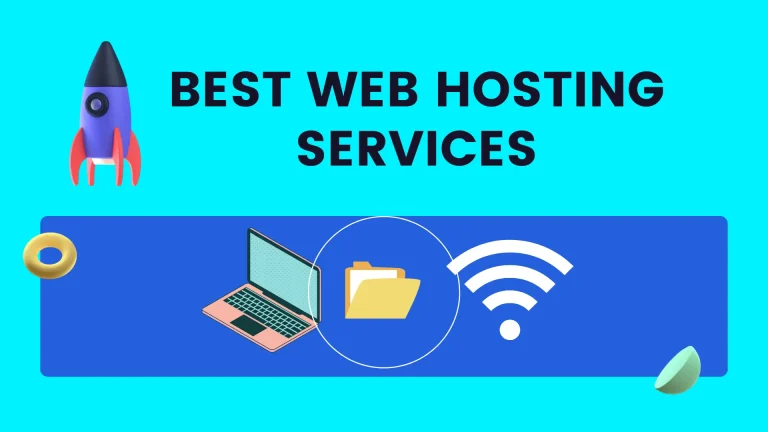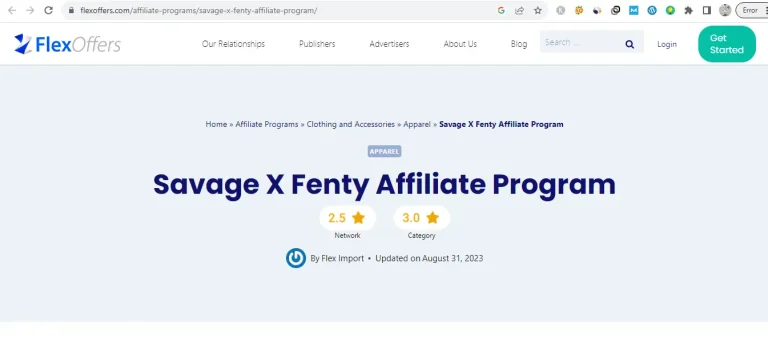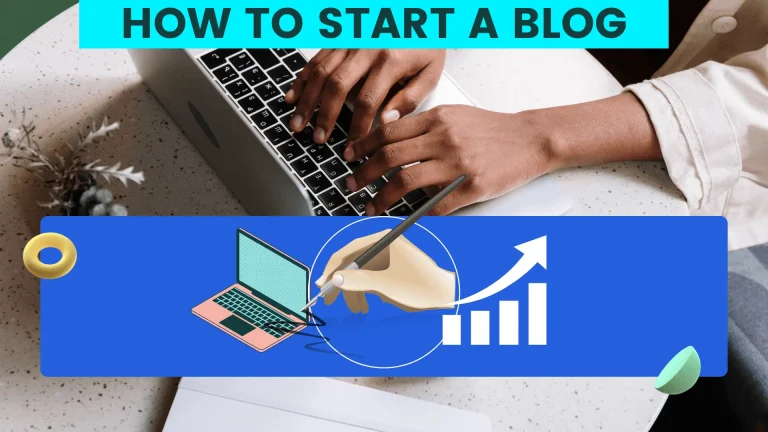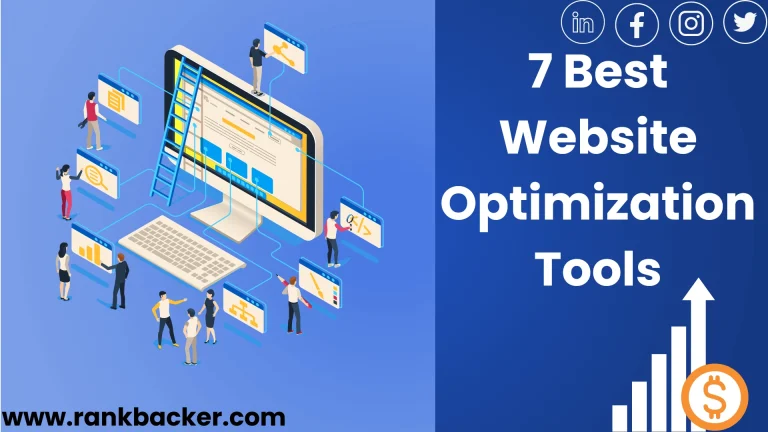Website Speed Optimization Techniques

Some Useful Website Speed Optimization Techniques
In today’s fast-paced digital world, website speed is a critical factor that affects user experience, engagement, and ultimately, search engine rankings.
If your website takes too long to load, users are likely to leave, resulting in high bounce rates, low conversion rates, and poor search engine rankings.
In this article, we will discuss some essential website speed optimization techniques that can help you improve your website’s performance, user experience, and search engine rankings.
- Minimize HTTP Requests
HTTP requests are one of the most significant factors that affect website speed. Every time a user visits your website, their browser sends an HTTP request to the server to load all the required resources, including HTML, CSS, JavaScript, and images.
The more HTTP requests your website has, the longer it takes to load. Therefore, reducing the number of HTTP requests can significantly improve your website’s speed.
You can do this by minimizing the number of resources your website requires, combining multiple files into one, and using image sprites.
- Optimize Images
Images are another critical factor that affects website speed. Large, unoptimized images can significantly slow down your website, especially on mobile devices.
Therefore, it is essential to optimize your images by compressing them, reducing their size, and using the correct image format. You can use image compression tools like TinyPNG or Photoshop to optimize your images.
Additionally, you can also use lazy loading, which only loads the images when the user scrolls down to them, reducing the initial page load time.
- Use a Content Delivery Network (CDN)
A Content Delivery Network (CDN) is a network of servers located worldwide that caches your website’s content and serves it to users from the server closest to them.
This can significantly improve your website’s speed by reducing the latency between the server and the user. Additionally, using a CDN can also reduce the load on your website’s server, improving its overall performance.
- Minify CSS and JavaScript
CSS and JavaScript files are essential resources that your website requires to function correctly.
However, they can also significantly slow down your website if they are not optimized.
Therefore, it is essential to minify your CSS and JavaScript files by removing unnecessary characters, white spaces, and comments. This can significantly reduce their file size, improving your website’s speed and performance.
- Enable Browser Caching
Browser caching allows your website’s resources to be stored on the user’s browser, reducing the number of HTTP requests and improving the speed of subsequent visits.
You can enable browser caching by setting the expiration time for your website’s resources, indicating how long they can be stored on the user’s browser. This can significantly improve your website’s speed and performance, especially for repeat visitors.
- Optimize Your Server
Your server’s performance is also a critical factor that affects your website’s speed. Therefore, it is essential to optimize your server by using a caching mechanism, compressing your website’s resources, and enabling Gzip compression.
Additionally, you can also use a web hosting provider that offers faster servers, better uptime, and optimized configurations.
- Use a Faster Web Hosting Provider
Your web hosting provider plays a critical role in your website’s speed and performance. Therefore, it is essential to choose a web hosting provider that offers faster servers, better uptime, and optimized configurations.
Additionally, you can also use a content delivery network (CDN) that caches your website’s content and serves it to users from the server closest to them, improving your website’s speed and performance.
Conclusion
In conclusion, website speed is a critical factor that affects user experience, engagement, and search engine rankings. By implementing these essential website speed optimization techniques, you can significantly improve your website’s performance, user experience, and search engine rankings






